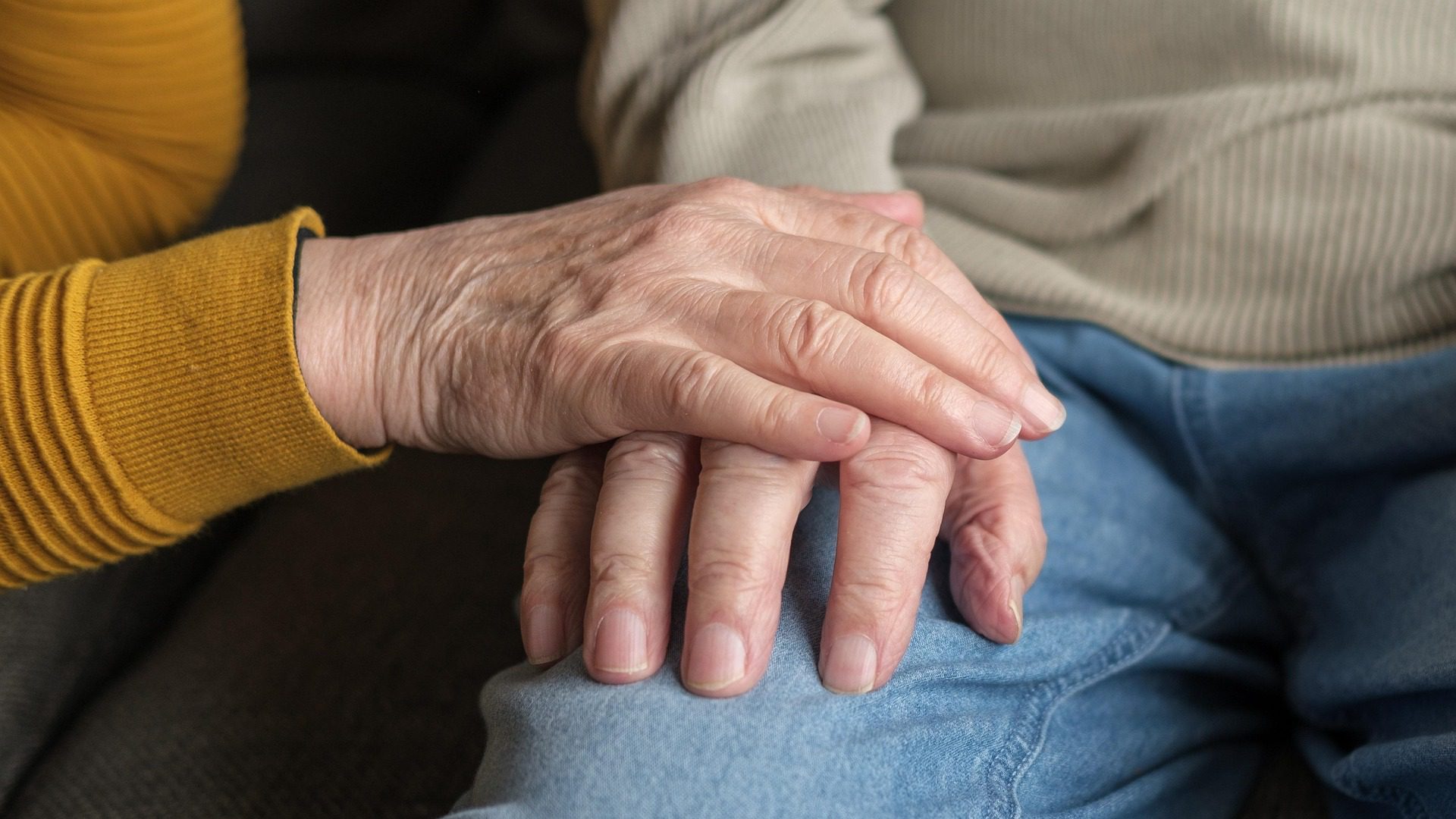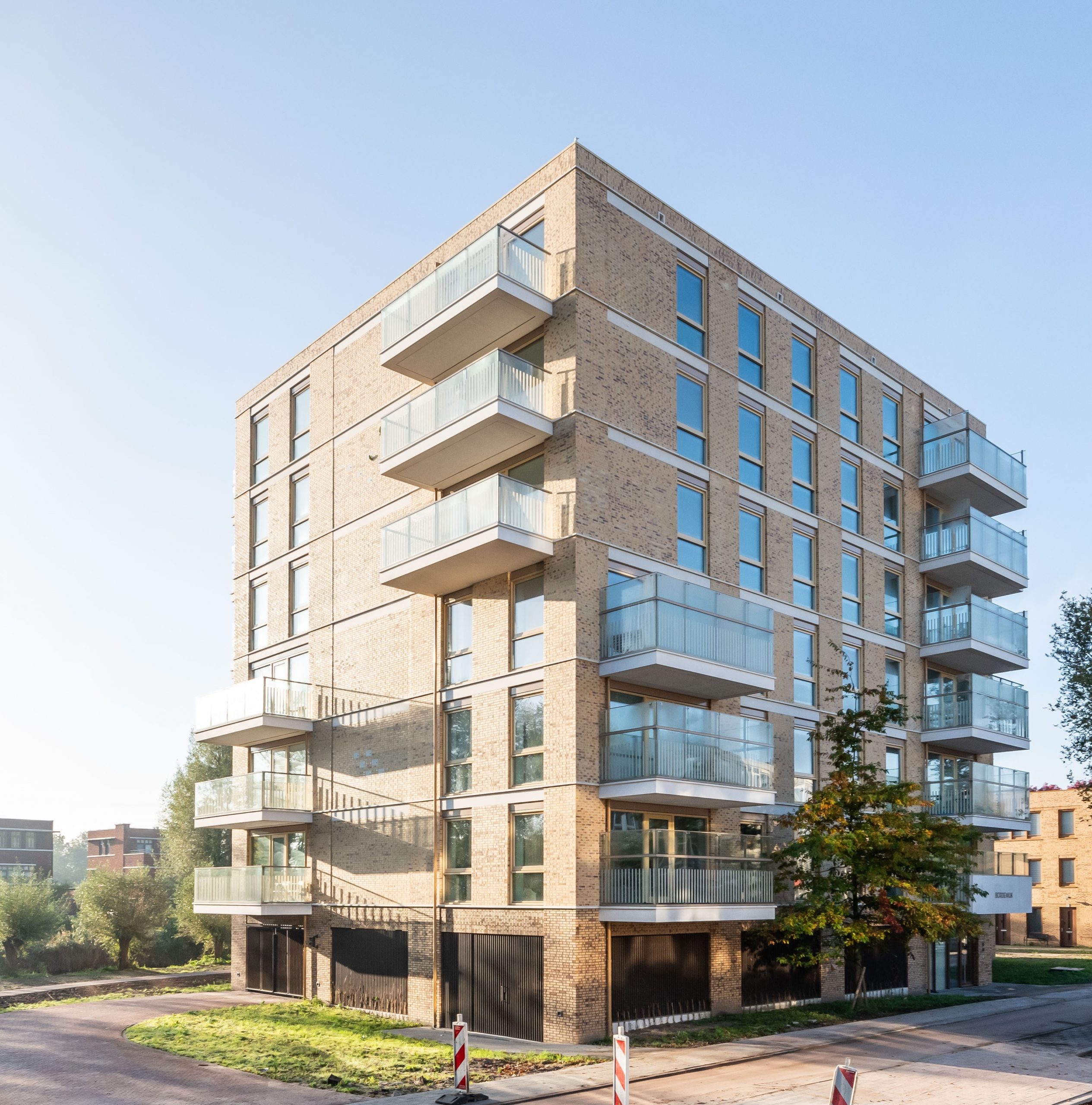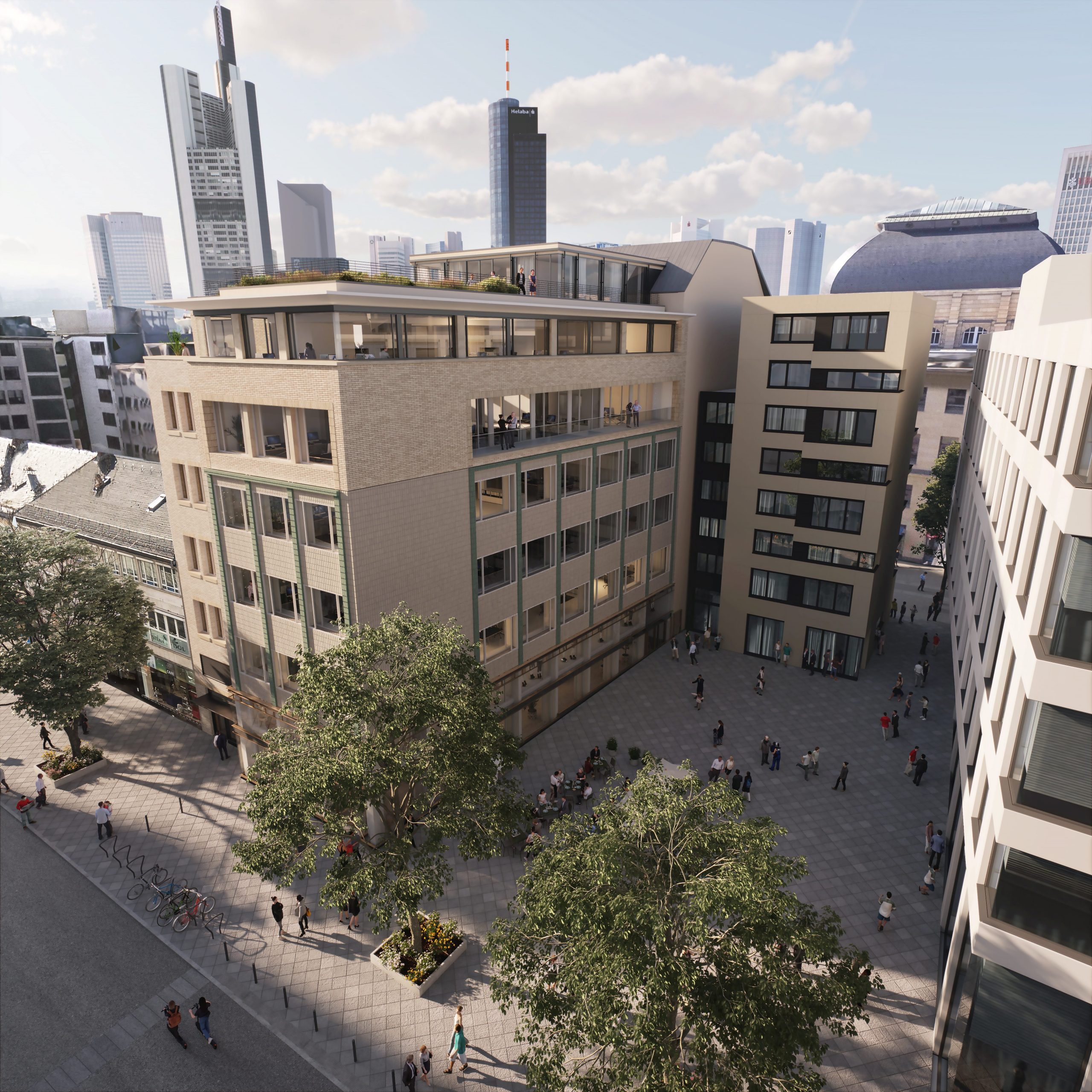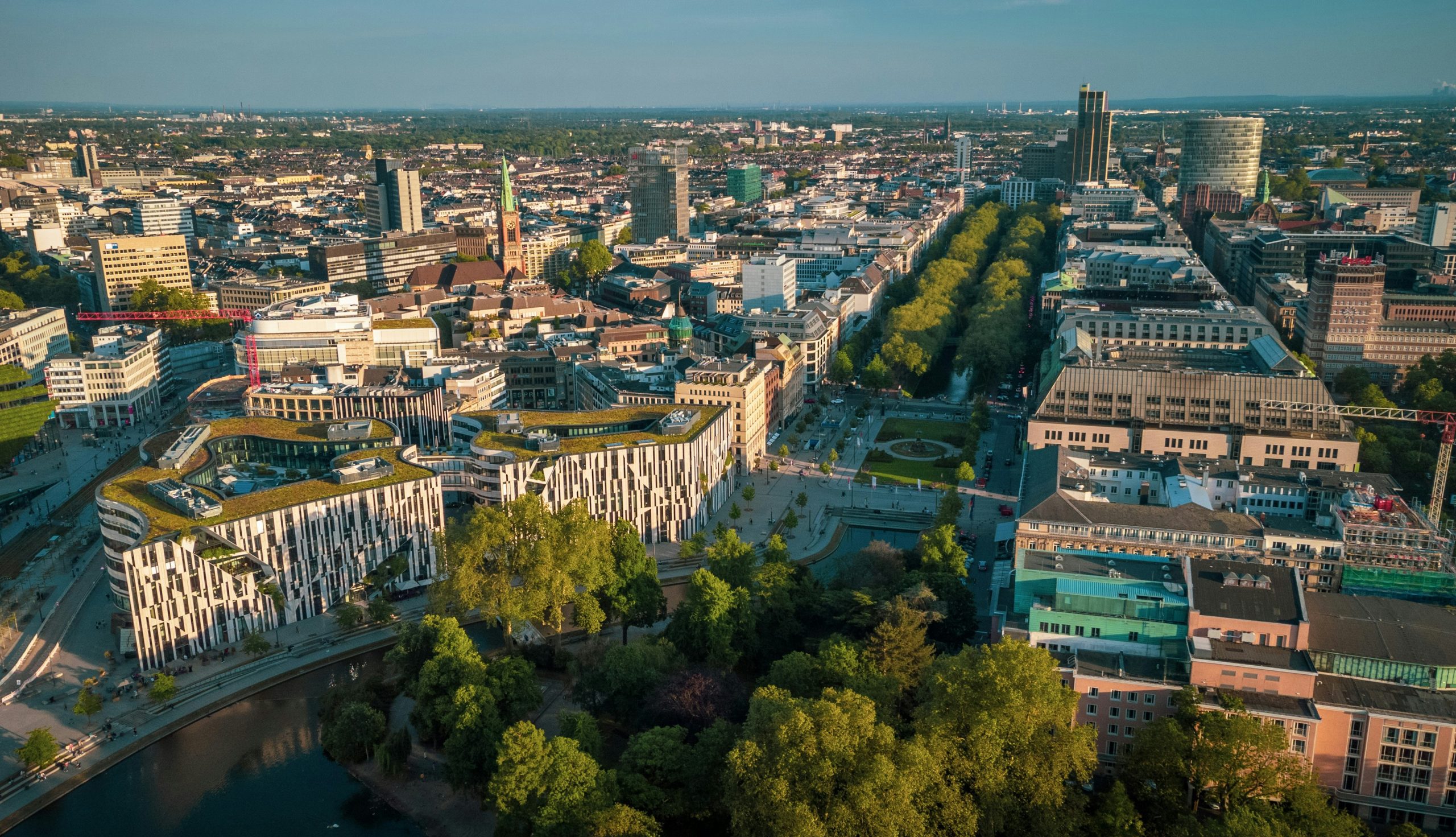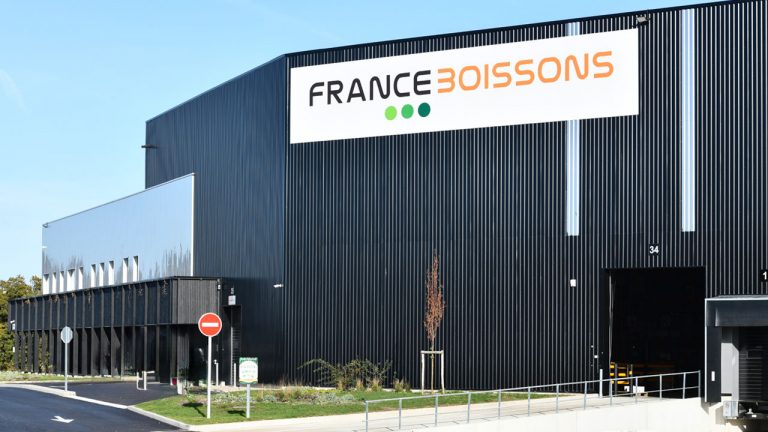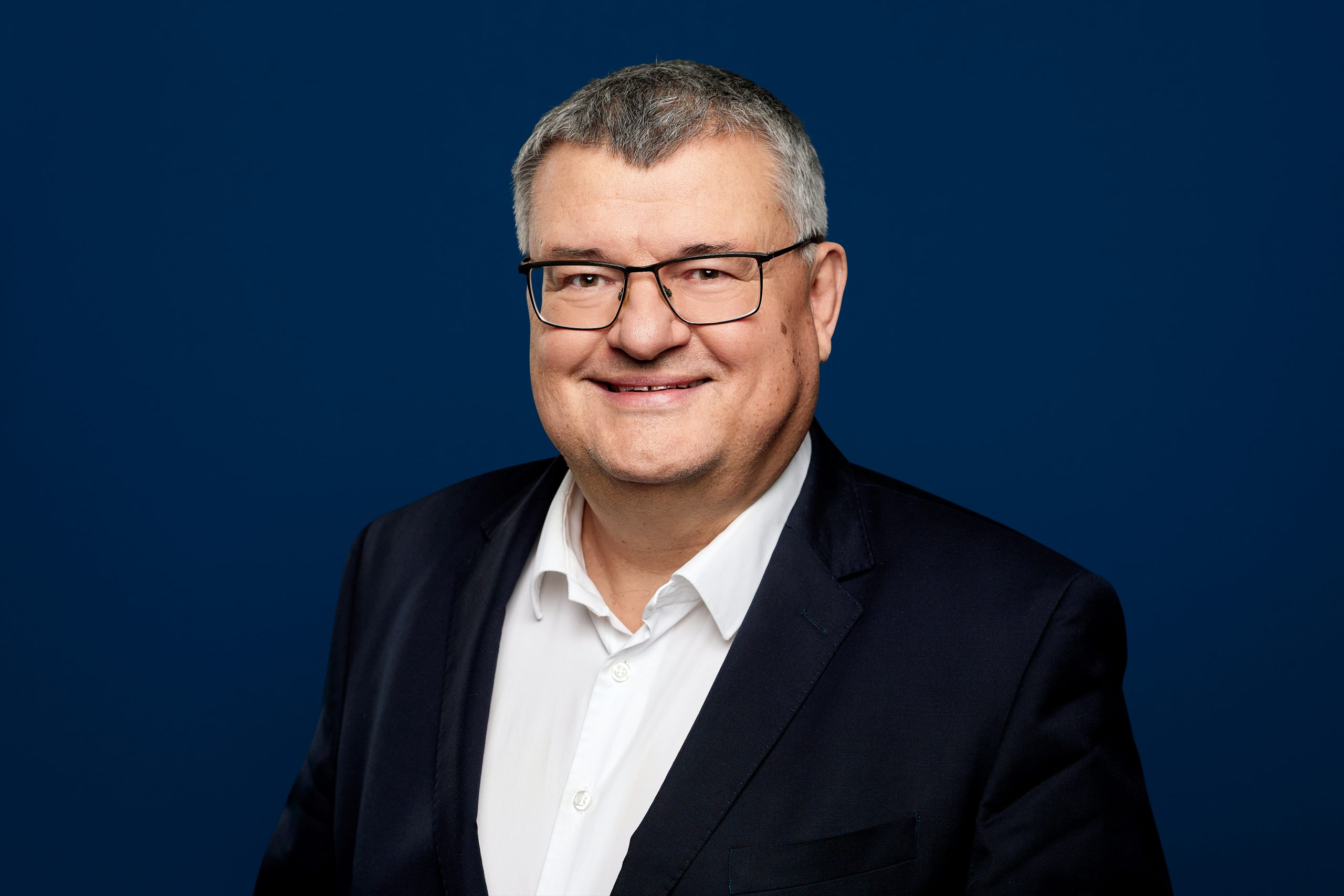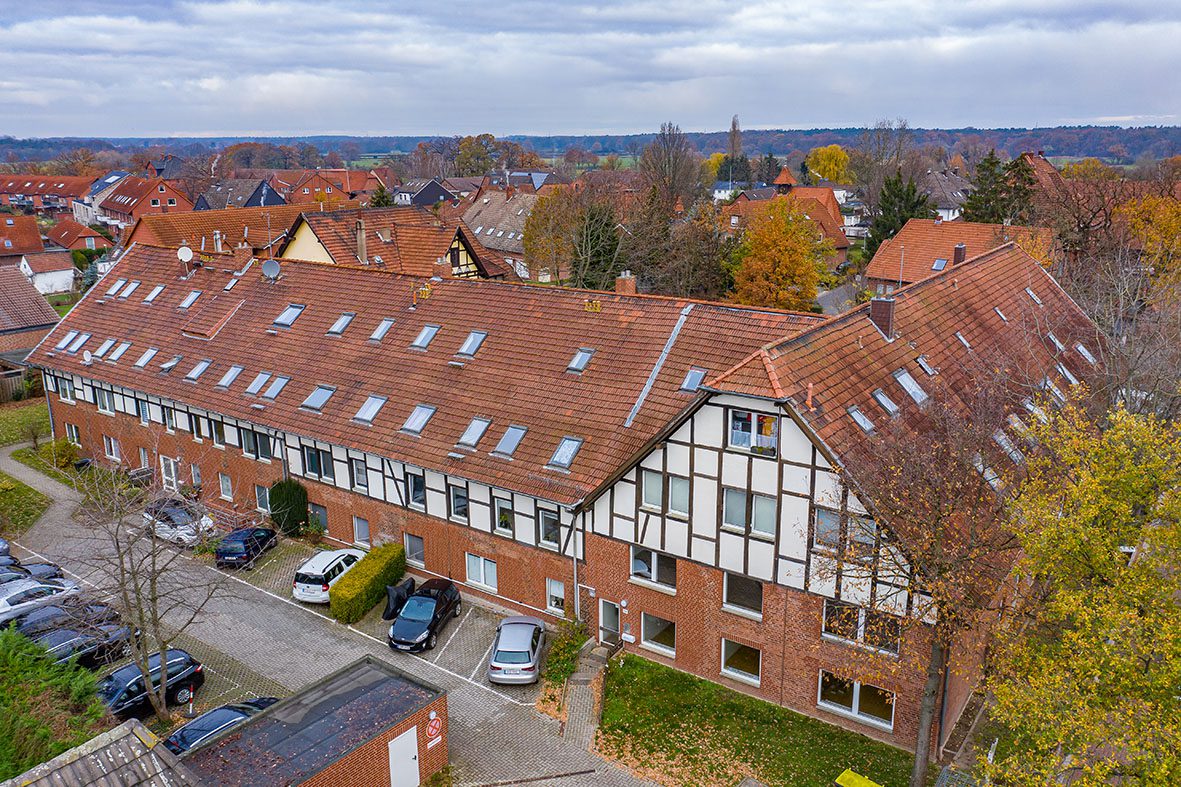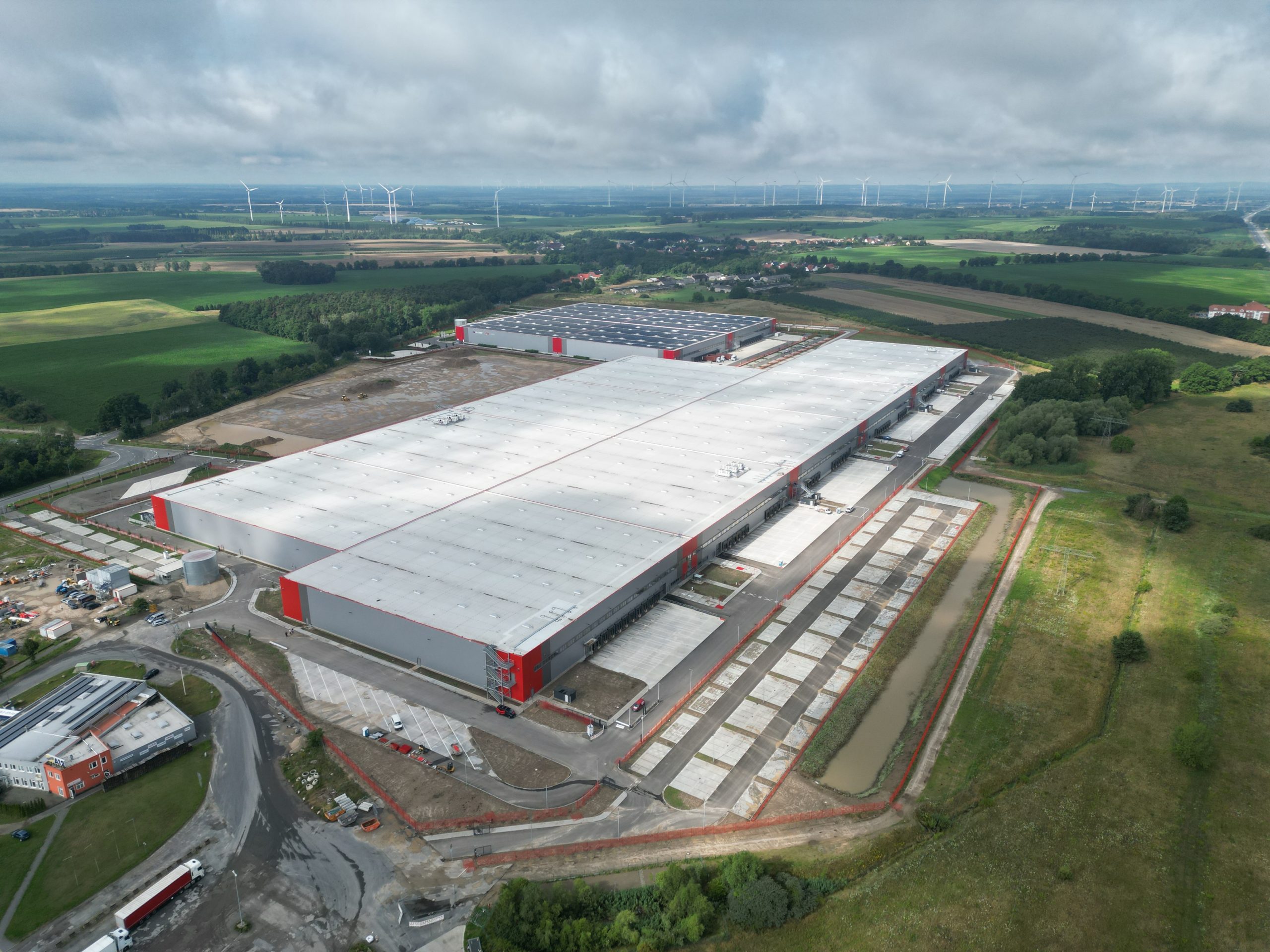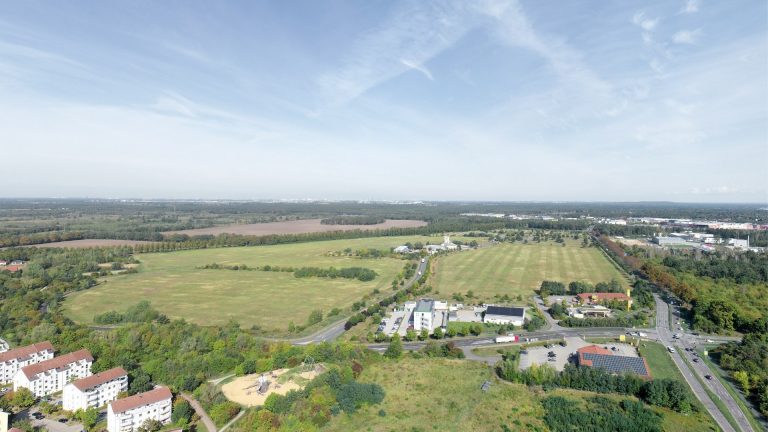More and more older people want to live a self-determined life, even when they need support. According to the Nursing Home Atlas Germany 2025 by Wüest Partner, outpatient senior living is developing into a central supplement to inpatient care. Additional analyses by TERRANUS and KDA/BfS confirm the trend: demand is increasing, rents are drifting further apart.
Growing demand and subsequent relocation decisions
Even today, more and more senior citizens want to be able to live in their own home or in a supervised environment for as long as possible. The decision to move to an assisted living form is becoming increasingly difficult for them and is repeatedly postponed. The data from the KDA/BfS study “Assisted Living for the Elderly 2022” shows that more than half of the residents are 80 years or older, and more than a tenth are even over 90 years of age.
In addition to emotional reasons for moving out later, the rent burden plays a decisive role: Those who are only dependent on pension income often cannot afford the costs of assisted living. Social welfare agencies have not yet supported non-subsidised forms of housing, which means that a large proportion of senior citizens remain excluded from these offers.
Location and furnishings determine return potential
As in the classic housing market, the location of assisted living is also a decisive factor in rents. According to evaluations of the KDA/BfS study, the average basic rents in urban regions are 10.47 euros per square metre, in rural regions 8.60 euros. Very high-priced offers of over 20 euros per square metre occur almost exclusively in cities. Depending on the equipment and service, rents in assisted living are between 10 and 50 percent higher than comparable rents.
For investors, the following applies: Location quality and concept are decisive for economic success. Barrier-free floor plans, functioning neighbourhood connections, service areas and health services create added value, but at the same time increase the cost structure. “We must not only create more, but above all affordable housing for older people. Preferably where the social infrastructure is right,” says Thomas Lehmann, Director at Wüest Partner. “Outpatient forms of living can help to delay the need for care and reduce costs in the system. To do this, we need investors who bring together profitability and the common good.”
Case study Dortmund: 36 percent above rent index
A case study by TERRANUS using Dortmund as an example, which is presented in the Nursing Home Atlas 2025, shows how big the differences can be. For the analysis, 22 assisted living facilities were examined. On average, rents are 36 percent above the local rent index. Buildings from the years 1995 to 2009 are particularly expensive with a surcharge of 46 percent, while newer systems from 2015 to 2019 are calculated much more moderately at 27 percent above the rent index.
The differences are due to different market phases. In the 2000s, Dortmund’s housing market was largely stable, allowing operators to set their rents regardless of the general rent level. Younger projects, on the other hand, are more closely aligned with current comparative rents and show closer market coupling.
68 percent of the facilities examined are operated by non-profit organizations, but only four of them are also owners of the properties. In half of all cases, private owners rent the properties to non-profit operators. A model that enables stable returns with limited operator risk.
Subsidized housing is also offered in assisted living. According to the North Rhine-Westphalian housing subsidy regulation of 2019, rents for subsidized apartments may be between 5.00 and 7.00 euros per square meter, depending on the income group and municipality. In Dortmund, the DRK Servicewohnen Lütgendortmund and the Blinden- und Sehbehindertenverein Westfalen e. V. offer apartments in this price segment.
Investment environment: growth with high selectivity
While classic nursing home construction is stagnating in many places, outpatient living concepts open up new perspectives for municipalities and investors. Existing neighbourhoods can be further developed, synergies with social infrastructures can be created and stable cash flows can be achieved. Good locations, reliable operator structures and functioning networks are crucial here – especially proximity to doctors, pharmacies and shopping facilities.
“Assisted living has long since ceased to be a niche topic,” says Anja Sakwe Nakonji, Managing Director of TERRANUS GmbH. “The market is growing rapidly, but the gap between rents and purchasing power continues to widen. Only if projects remain affordable will residents, operators and investors benefit equally.”

